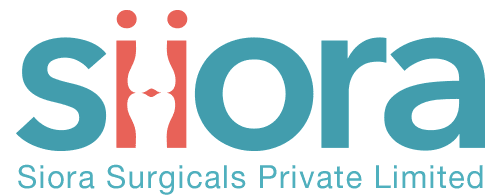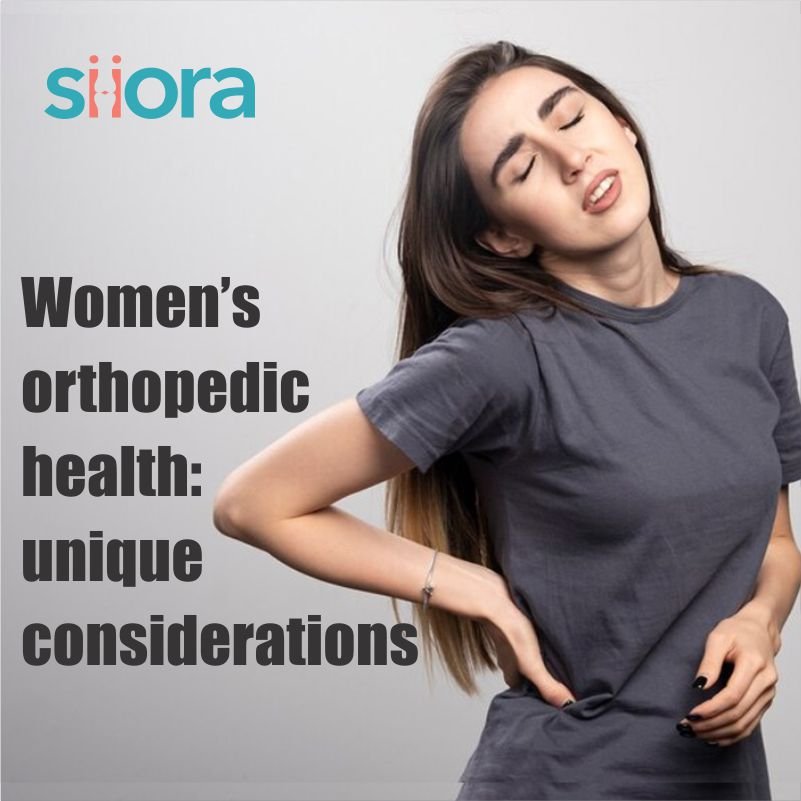In the intricate tapestry of women’s health, the realm of orthopedics often takes a back seat. While we champion various aspects of women’s well-being, the intricacies of their musculoskeletal system are frequently overlooked. In this blog, we embark on a journey to shed light on the unique considerations that shape orthopedic health in women. Far beyond the confines of biology, the story of women’s orthopedic health is one of strength, resilience, and unique challenges.
The Biomechanics of Women’s Bodies
Before delving into specific considerations, let’s unravel the fundamental differences in biomechanics that distinguish women’s musculoskeletal systems from their male counterparts. Women generally have wider hips, a shorter torso, and a lower center of gravity. These factors play a pivotal role in the way women move and bear weight.
The wider hips, designed for childbirth, create a greater angle where the thighbone meets the knee, potentially contributing to a higher prevalence of knee issues among women. Additionally, the lower center of gravity can affect balance,ak making women more susceptible to certain types of injuries, such as ankle sprains.
Pregnancy and Its Impact on Orthopedic Health
The miracle of pregnancy brings about a cascade of changes in a woman’s body, impacting her orthopedic health in unique ways. The hormone relaxin, which increases during pregnancy, softens the ligaments to facilitate childbirth. While this is a necessary adaptation, it can also make women more susceptible to injuries, particularly in weight-bearing joints like the knees and ankles.
The added weight of the growing baby places an increased load on the spine, leading to changes in posture and potentially causing back pain. Post-pregnancy, the demands of caring for a newborn, which often involve awkward bending and lifting, can further strain the musculoskeletal system.
Menopause and Bone Health
As women age, the hormonal landscape undergoes a seismic shift with the onset of menopause. The decrease in estrogen levels during this phase has profound effects on bone health. Estrogen plays a crucial role in maintaining bone density, and its decline can lead to conditions like osteoporosis.
Osteoporosis, characterized by weakened and brittle bones, is more prevalent in women than in men. This increased susceptibility to fractures emphasizes the importance of proactive measures such as regular weight-bearing exercise, a calcium-rich diet, and, in some cases, medical interventions to support bone health. If a fracture occurs, one may need the application of Orthopaedic Implants and Instruments.
The Impact of Physical Activity
Engaging in physical activity is a cornerstone of a healthy lifestyle, but the type and intensity of exercise can significantly influence orthopedic health. Women who participate in high-impact sports or intense training may be more prone to certain injuries, such as stress fractures and ligament tears.
Conversely, physical activity also plays a vital role in preventing orthopedic issues. Regular exercise, especially weight-bearing activities, helps maintain bone density and muscular strength. A well-rounded fitness routine that includes strength training, flexibility exercises, and cardiovascular activities contributes to overall musculoskeletal health.
Foot Health: More Than Just Fashion
The saying, “You can tell a lot about a person by their shoes,” holds particular significance when it comes to women’s orthopedic health. The choice of footwear can impact the alignment of the spine, the health of the feet, and even contribute to joint issues.
High heels, a fashion staple for many, alter the natural alignment of the spine and place excessive pressure on the balls of the feet. Prolonged wearing of high heels has been linked to issues such as bunions, hammertoes, and back pain. Opting for comfortable, supportive shoes and incorporating regular foot exercises can go a long way in promoting foot health.
Mind-Body Connection: The Role of Stress
In the hustle and bustle of modern life, stress is a ubiquitous companion. However, the toll it takes on women’s orthopedic health is often underestimated. Chronic stress can lead to muscle tension, affecting posture and contributing to conditions such as tension headaches and back pain.
Mind-body practices like yoga and meditation not only offer stress relief but also promote flexibility, strength, and better posture. Cultivating mindfulness can be a powerful tool in nurturing not just physical but also mental well-being, creating a harmonious balance for overall health.
Advocating for Comprehensive Healthcare
Recognizing and addressing the unique orthopedic considerations in women’s health is a crucial step toward fostering comprehensive healthcare. It involves not only understanding the biological differences but also acknowledging the societal and cultural factors that influence women’s choices and behaviors related to orthopedic health.
Healthcare professionals play a pivotal role in this journey by providing personalized guidance, promoting preventive measures, and advocating for inclusive research that considers the specific needs of women. Additionally, women themselves can empower their orthopedic health by staying informed, adopting a proactive approach to fitness, and seeking professional guidance when needed.
Conclusion
Orthopedic health in women is a narrative of strength, adaptation, and resilience. From the unique biomechanics that shape their movement to the transformative phases of pregnancy and menopause, women navigate a distinct orthopedic journey. By understanding these nuances, embracing a holistic approach to health, and fostering a culture of support and advocacy, we can collectively pave the way for a future where women thrive in every aspect of their musculoskeletal well-being. After all, a woman’s strength is not just in her bones but in the harmony of her mind, body, and spirit.
Siora Surgicals Pvt. Ltd. is one of the oldest orthopedic implant manufacturers in India. Operating for over 3 decades, the company has been serving hundreds of global distributors and orthopedic surgeons in over 50 countries. Siora owns a well-established production facility in the RAI District, Sonepat, Haryana. All the implants are manufactured here and tested to meet international standards. The company maintains an inventory of hundreds of different types of CE-certified orthopedic implants like Locking Variable Angle Plates, Small Fragment Locking Systems, Interlocking Nails, Adroit AFN Nailing Systems, Titanium Elastic Nail Systems, and more. It is also proud to be known as a leading OEM/contract manufacturing service provider in the world.








